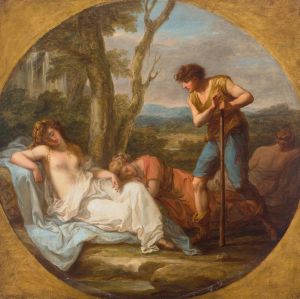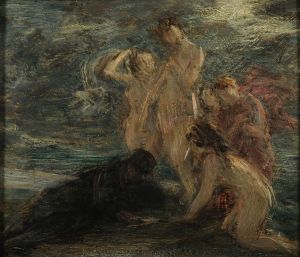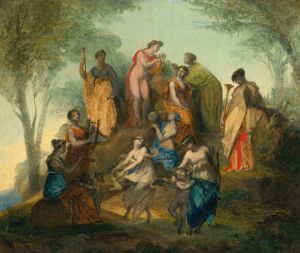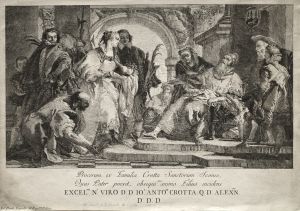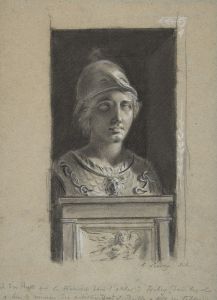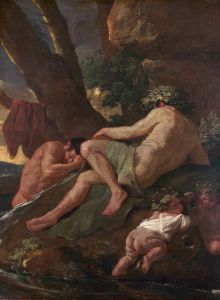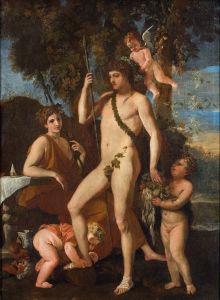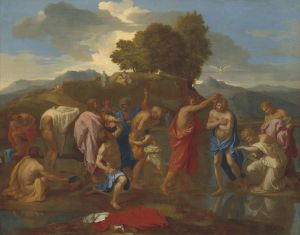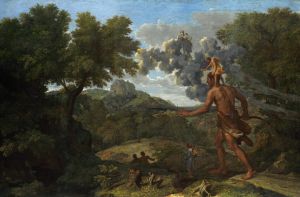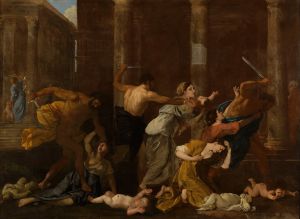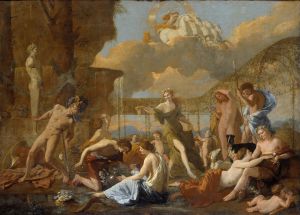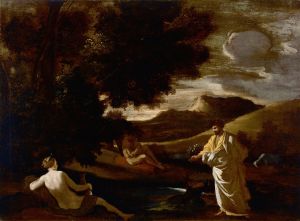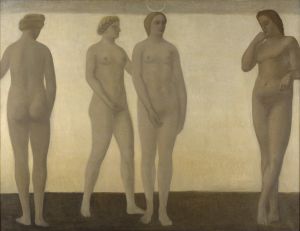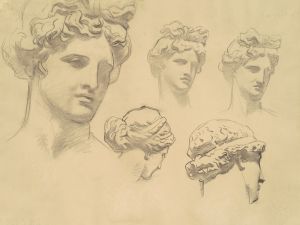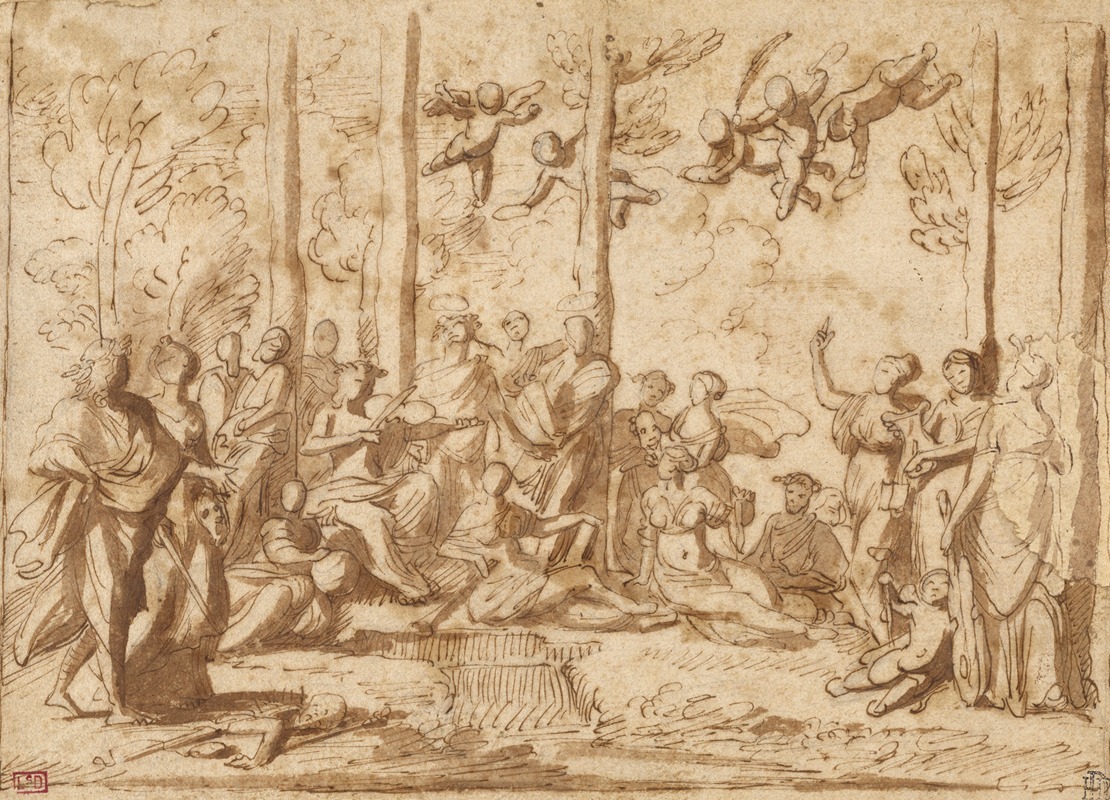
Apollo and the Muses on Mount Parnassus
A hand-painted replica of Nicolas Poussin’s masterpiece Apollo and the Muses on Mount Parnassus, meticulously crafted by professional artists to capture the true essence of the original. Each piece is created with museum-quality canvas and rare mineral pigments, carefully painted by experienced artists with delicate brushstrokes and rich, layered colors to perfectly recreate the texture of the original artwork. Unlike machine-printed reproductions, this hand-painted version brings the painting to life, infused with the artist’s emotions and skill in every stroke. Whether for personal collection or home decoration, it instantly elevates the artistic atmosphere of any space.
Apollo and the Muses on Mount Parnassus is a painting created by the French Baroque artist Nicolas Poussin. Completed in 1630-1631, the work is an allegorical representation of Apollo, the god of music, poetry, and the arts, surrounded by the nine Muses on Mount Parnassus, a location in Greek mythology associated with artistic inspiration and the home of the Muses. The painting is currently housed in the Museo del Prado in Madrid, Spain.
The composition of the painting reflects Poussin's classical style, characterized by its clarity, order, and balance. Apollo is depicted at the center of the scene, playing a lyre, a symbol of music and harmony. Around him, the Muses are arranged in a semi-circle, each representing a different domain of the arts and sciences. The figures are idealized, with graceful poses and serene expressions, embodying the classical ideals of beauty and proportion.
Poussin's work demonstrates his deep knowledge of classical antiquity and mythology, which he often incorporated into his paintings. The setting of Mount Parnassus, with its rocky terrain and lush vegetation, serves as a backdrop that emphasizes the divine and timeless nature of the scene. The painting also reflects the intellectual and cultural currents of the Baroque period, during which there was a renewed interest in classical themes and the role of the arts in society.
The painting was commissioned by a patron whose identity is not definitively known, but it is believed to have been created for a private collection. Poussin, who spent much of his career in Rome, was influenced by the works of Renaissance masters such as Raphael and the classical sculptures of antiquity, which are evident in the harmonious composition and idealized forms of this painting.
Apollo and the Muses on Mount Parnassus is considered an important example of Poussin's early work and his ability to synthesize classical themes with Baroque artistic principles. The painting's allegorical content and meticulous execution have made it a subject of study for art historians and a significant piece in the collection of the Museo del Prado.





